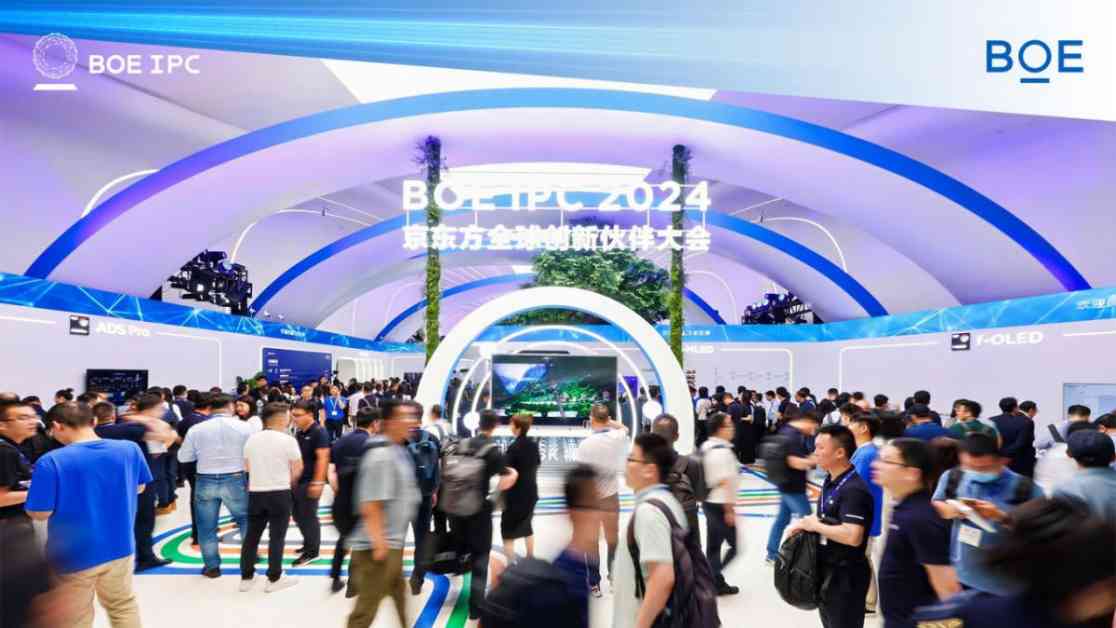BOE, a leading display technology company, recently introduced its innovative Winning Display 1 Hz technology at the BOE Global Innovation Partner Conference 2024. This cutting-edge technology, developed in collaboration with Intel, promises to reduce screen power consumption by a whopping 65%.
The Winning Display 1 Hz tech, along with Intel Intelligent Display Technology 2.0 (IIDT 2.0), leverages AI intelligence to optimize power efficiency. The introduction of this technology marks a significant milestone in the display industry, with potential implications for battery life in devices such as laptops and smartphones.
One of the key features of BOE’s Winning Display 1 Hz technology is its ability to dynamically adjust refresh rates down to 1 Hz, based on AI algorithms. This intelligent approach ensures that power is only consumed when necessary, leading to substantial energy savings. Additionally, the technology incorporates various innovative solutions, including ALRR, UBRR, and PixOpix, to further enhance power efficiency.
ALRR autonomously reduces display refresh rates during semi-active workloads, while UBRR detects user presence and adjusts refresh rates accordingly. PixOpix is utilized to improve contrast and reduce backlight power consumption, contributing to overall power savings. These advanced technologies, combined with AI-driven dynamic refresh rate and brightness adjustments, make BOE’s Winning Display 1 Hz a game-changer in the industry.
Moreover, BOE showcased a range of other exciting products at the BOE IPC 2024, including a 17.3-inch foldable OLED screen developed in collaboration with Intel. The event also featured innovative technologies such as slidable screens, curvable automotive screens, α-MLED, Micro LED, and tandem OLED panels, highlighting BOE’s commitment to driving display innovation.
Overall, BOE’s Winning Display 1 Hz technology, powered by Intel Intelligent Display Technology 2.0, represents a significant advancement in display technology. With its AI-driven approach and focus on power efficiency, this technology has the potential to revolutionize the way we interact with displays and devices, paving the way for a more sustainable and energy-efficient future.












